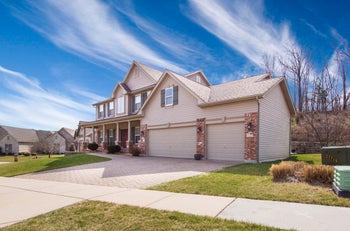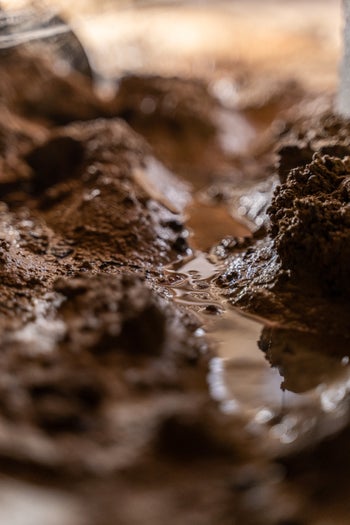Are All Bay Area Houses Built On Loose Soil?
Table of Contents
1. What Do We Mean By “Loose Soil’’?
2. Not All Soils Are Strong Enough To Support A Foundation
3. How To Repair A Sinking Garage Slab
4. Loose Soil And Liquefaction
No, not all Bay Area houses are built on loose soil. However, some are, like the Marina District, which experienced liquefaction during the 1989 Loma Prieta earthquake.
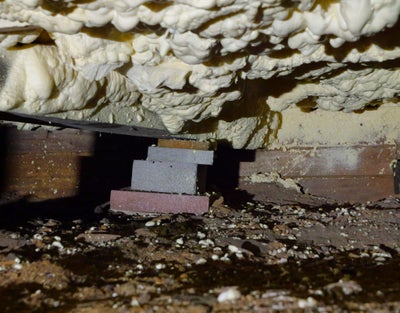
What Do We Mean By “Loose Soil’’?
Loose soil is low-density soil. It has many voids, or, let’s say, empty spaces in it compared to other soils. Because of this, loose soil compresses easily and isn’t very strong. Before construction, it must be adequately compacted and free of organic material that can rot and create voids and sinkholes. Compacting strengthens the soil by reducing the number of voids and increasing its density.
Sometimes, loose soil is brought into a construction site to be used as fill. Since fill is always looser than other soils, it will need to be adequately compacted before anything can be built on top of it. If fill isn’t properly compacted, it will start to compress after the structure is built, leading to differential settlement and foundation damage.
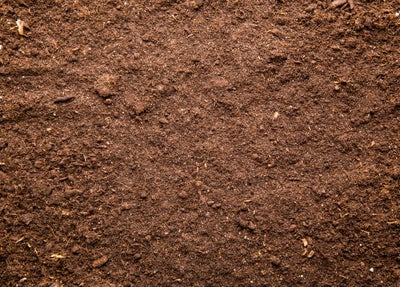
Not All Soils Are Strong Enough To Support A Foundation
Soil is a combination of clay, sand, and silt, in varying percentages. Some soils have a lot of clay in them, while others contain a high percentage of sand. Loam soil contains equal percentages of clay, sand, and silt. Because of these differences, soils don’t behave the same way, which affects their ability to support a foundation properly.
Soil with a lot of clay in it is a type of expansive soil. Expansive soils swell as their moisture content increases and shrink when the moisture content decreases. This repeated swelling and shrinking – which is usually seasonal – puts a lot of stress on a foundation and can, over time, cause differential settlement and foundation damage.
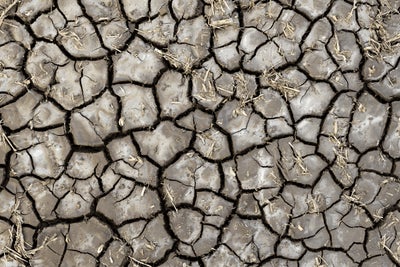
How To Repair A Sinking Garage Slab
In contrast to clay soil, loam soil contains equal proportions of clay, silt, and sand, and doesn’t swell and shrink as its moisture content rises and falls. This makes loam soil a good soil upon which to build. For the same reason, sandy soils also provide a good base for foundations.
Soil usually becomes more stable the farther down you go toward the bedrock. The following is a summary of the different types of soil and how they relate to construction:
Clay soil
Clay soil contains over 25% clay. It’s a heavy soil that expands a lot as it absorbs moisture and shrinks a lot as it dries out. These extreme changes – which are usually seasonal – cause the foundation to move up and down. This kind of movement puts a lot of stress on the foundation and can cause severe structural damage. Because of this, clay soil is not good for construction.
Sandy soil
Sandy soil is a light, easily compactable soil that contains a high percentage of sand relative to clay and silt. Because of this, water drains quickly and easily. While sandy soil provides good support for foundations, its light nature makes it subject to erosion. Because erosion can create voids under a foundation, it can lead to structural damage.
Silt soil
Like clay soil, silt soil doesn’t drain well and expands as it absorbs moisture and shrinks as it dries out. This movement makes silt soil less than ideal for construction.
Loam soil
Loam soil is ideal for construction because it contains an equal combination of sand, clay, and silt. It neither expands nor shrinks as it absorbs and releases moisture.
The most common soil types in the Bay Area are clay soil, sandy soil, and loam soil. They all react differently to water.
Loose Soil And Liquefaction
Liquefaction happens when ground shaking causes loose, sandy, water-saturated soil to start behaving like a liquid. Therefore, earthquakes in these areas can cause a lot of destruction. Buildings will sink into the ground and topple if they don’t have proper foundations. Liquefaction happens most often in areas where the soil is loose and contains quite a bit of water along with poor drainage.
Should I Buy A Bay Area House Built On Loose Soil?
If you’re thinking about buying a house in an area with loose soil that’s susceptible to liquefaction, you should give it considerable thought because you’re risking damage to your property.
While structures built on loose soil in the Bay Area are susceptible to liquefaction, there aren’t many Bay Area residential neighborhoods in liquefaction zones.
Of course, whenever you buy a house in the Bay Area – whether or not it’s on loose soil – you should always ask if it has been seismically retrofitted so that it can better withstand seismic activity.
Why Are There So Many Foundation Problems In The Bay Area?
The main causes of foundation problems in the Bay Area include foundations that are not supported by load bearing soil, foundations constructed on top of soil with a lot of water in it, foundations built on top of fill, and foundations built on top of expansive soil.
These foundation problems can be repaired by installing piers that go deep down into the load-bearing soil.
What Do I Need To Know About Selling A Bay Area House Built On Loose Soil?
If you own a house built on loose soil, your best bet is to contact a foundation repair contractor for an inspection and estimate. (Most contractors will offer a free assessment.) If there’s any damage, you have the option of either paying for the repair yourself or selling the house “as is”.
For more information about selling a house with foundation problems, see How To Sell A House With Foundation Problems.
Loose soil is not something you want under your home’s foundation. However, the good news is that there aren’t many residential areas in the Bay Area built on loose soil. To find out if your home, or a home you’re thinking about buying, is built on loose soil, you can check the California Earthquake Hazards Zone Application.
More Resources
Publish Date:
Last Modified Date:

Our Locations
2333 Courage Dr. Suite C
Fairfield, CA 94533
1161 N Fair Oaks Ave
Sunnyvale, CA 94089

